A home office was one of those “nice to have” areas that were frequently overlooked. If you had a WFH day, you probably answered emails from a more comfortable location—the kitchen counter, the family room sofa, or perhaps your bed.
But now, since the pandemic, then the new normal, and the hope for work-life balance, the home office has become one of the most important, and most coveted, rooms of the house. To ensure your space is working as hard and efficiently as you are, it’s important to design the office with a few key principles in mind.
The first step in determining how to lay out a home office is to better understand how your needs can be met in the available square footage. This means asking questions. “Are you using it for your personal life? Will your job be out of the office? Will you have clients come in? What about kids?”
A Properly Placed Desk
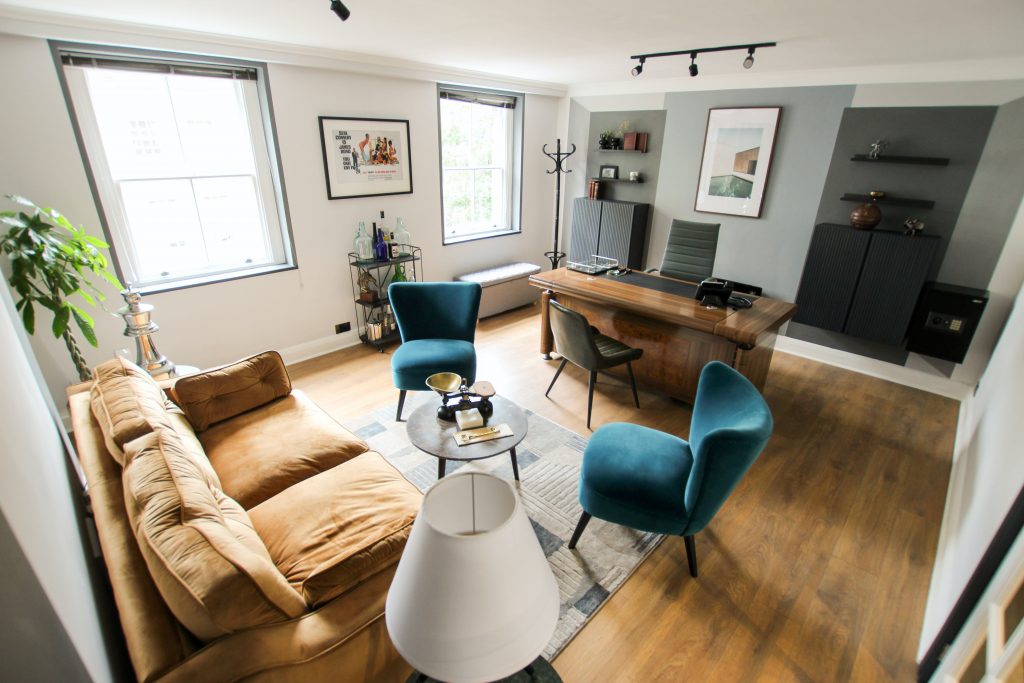
A terrible angle to the window can cause screen glare, having your back to the entrance can generate stress, and facing a wall is likely to be boring. According to feng shui principles, the optimal workstation placement is one that places your back to a wall and offers you a view of the door, but not immediately in front of it. This stance, known as the “commanding position,” has been proved to provide the best energy for you to be in charge of whatever comes your way.
You should also place your desk as close to a natural light source as possible. Some like to face the window, but if that proves too distracting, put the desk perpendicular to it. If the most productive placement puts the window behind you, meaning that light will hit your monitor, add window treatments to block the glare.
A Seating Area for Work and Relaxation
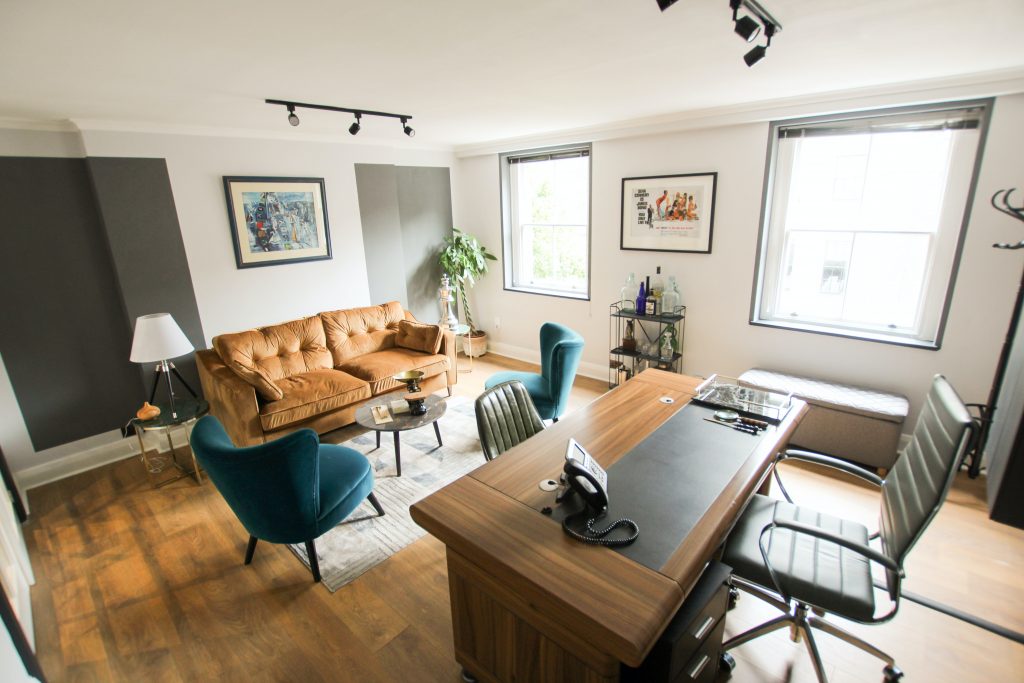
Seating, beyond the desk and the chair, is also crucial. Whether it’s a bench for when the kids inevitably pop in or a table and chairs to review documents with clients. You can think and look at how people are going to sit there at one time, and how many you can accommodate. You can also add an inviting rug to help separate it from the more formal work zone. This versatile arrangement works for informal meetings with clients, as well as casual family chats.
Think About Storage to Hold Computer Equipment
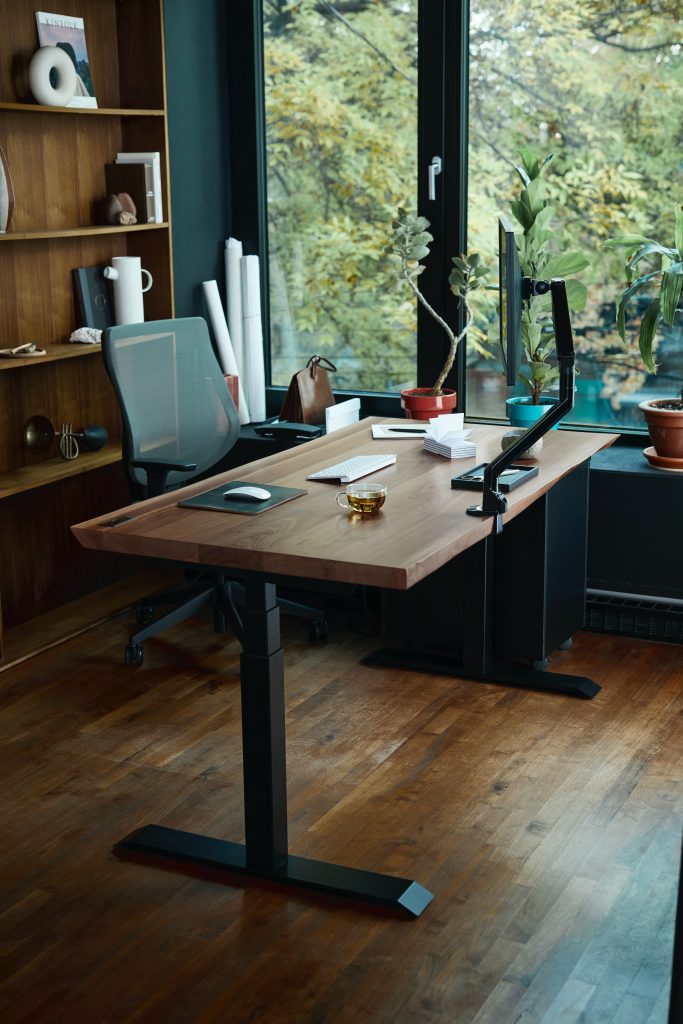
In today’s digital world, file cabinets and document storage have become less of a priority in home offices. Instead, storage is designed to hold computer equipment. There’s always a printer, sometimes fax, maybe a shredder.
An often deployed trick to maximize space and create a wow factor is a wall of built-in bookshelves and cabinetry, in front of which you place the desk. The cabinets hide unsightly wifi boxes and office supplies, while open shelves provide an opportunity to showcase your personality (and create a chic video call background) with books, photos, and artwork.
A Double-Duty Small Space
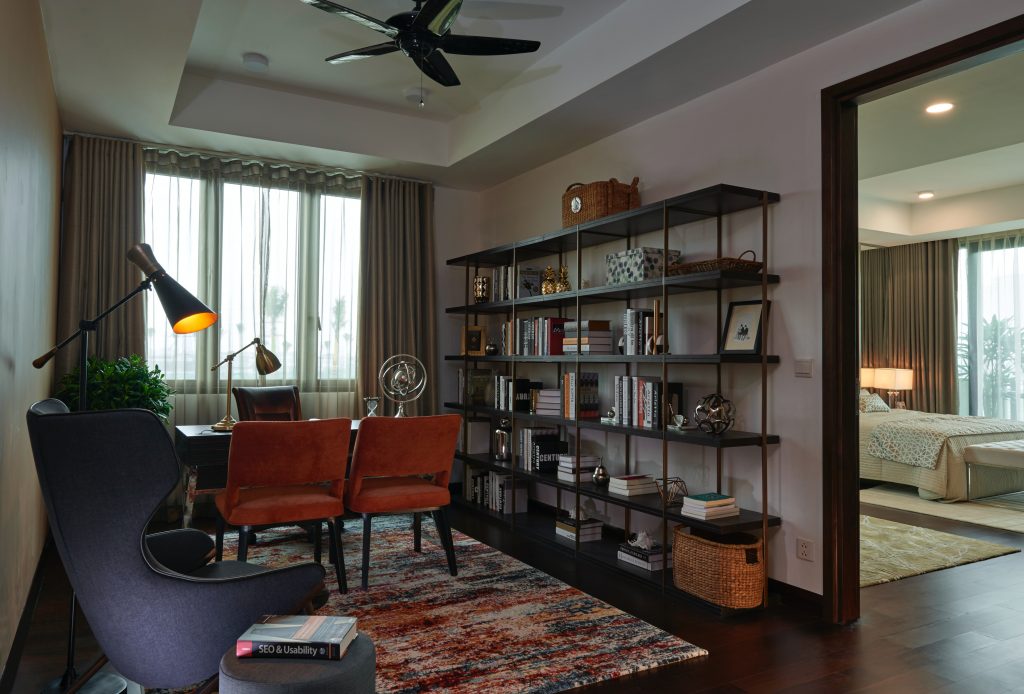
The First thing you need to consider if you have a small space is storage. “Where is it going, why do they need it? What do they absolutely have to have?” then you can determine the appropriate size and where to place of the desk.
Notes that a piece of furniture that can do double duty as workspace and storage, like a credenza desk, is a good choice when square footage is limited. If storage isn’t a concern, a glass or lucite desk that doesn’t take up much visual space can make a room feel larger.
In smaller offices, the only option may be for the desk to face the wall. If that’s the case, turn that wall into a statement with an inspirational mood board or a custom mural, or hang a whiteboard with a calendar to keep important dates and notes top of mind.
Layered Lighting
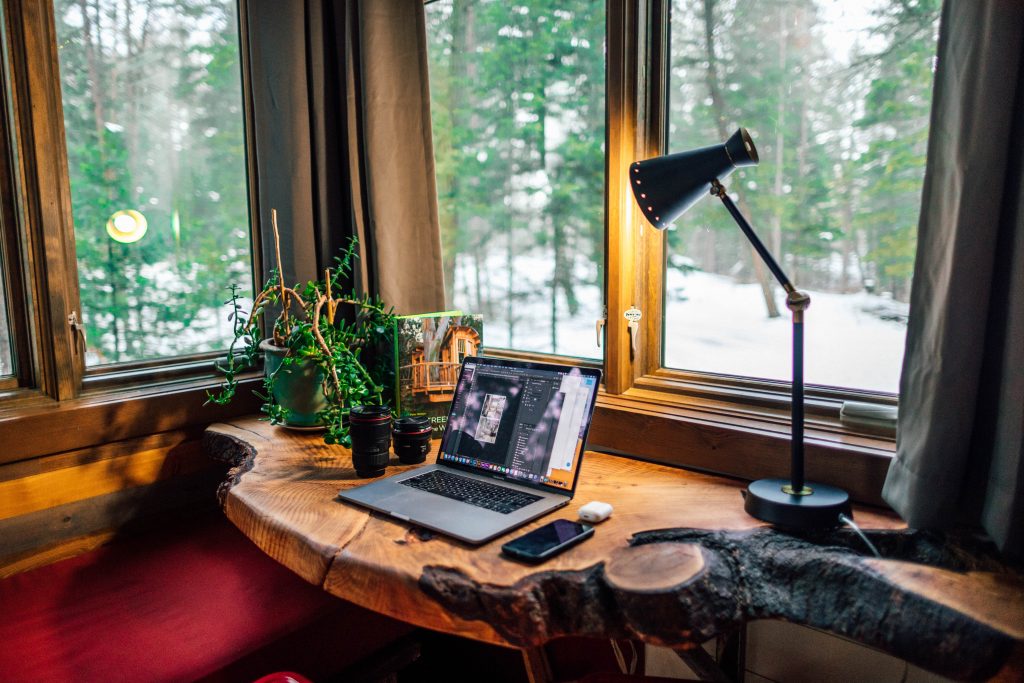
Furniture isn’t the only piece of a proper room layout—lighting needs to be plotted out as well. Because most meetings occur during the daytime, you want to take advantage of natural lighting first.
If there’s not enough natural light, you can integrate recessed lighting in the ceiling for ambient light— you can put ceiling lights on dimmers so you can easily adjust the intensity—and adds task lighting over the desk and seating areas if necessary. If you work at night a lot, you have to make sure that there’s sufficient lighting in the space.
Source: housebeautiful.com

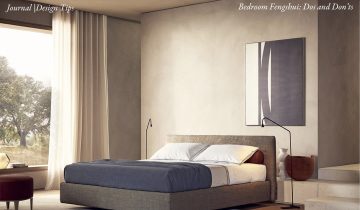
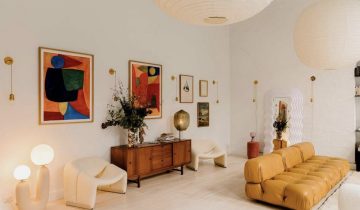

 No products in the cart.
No products in the cart.